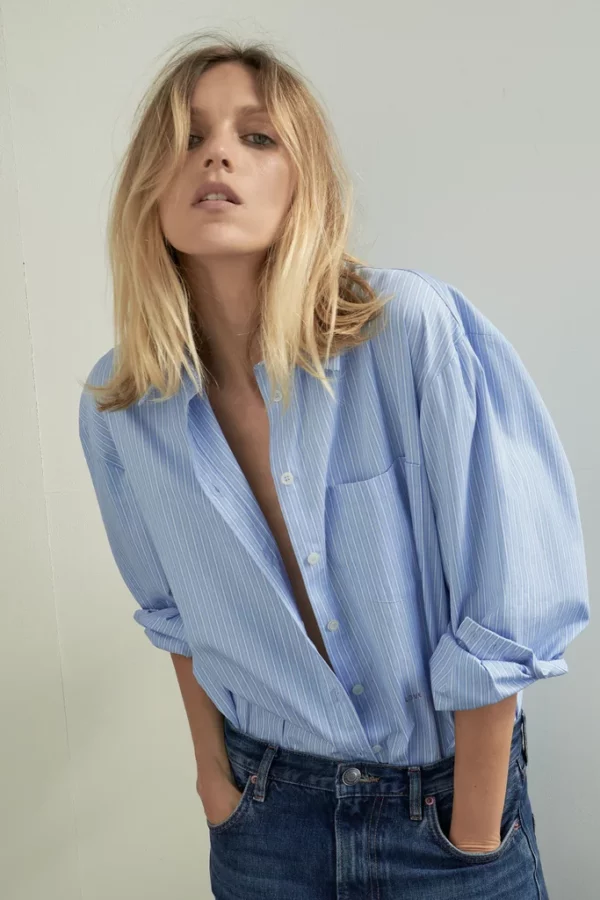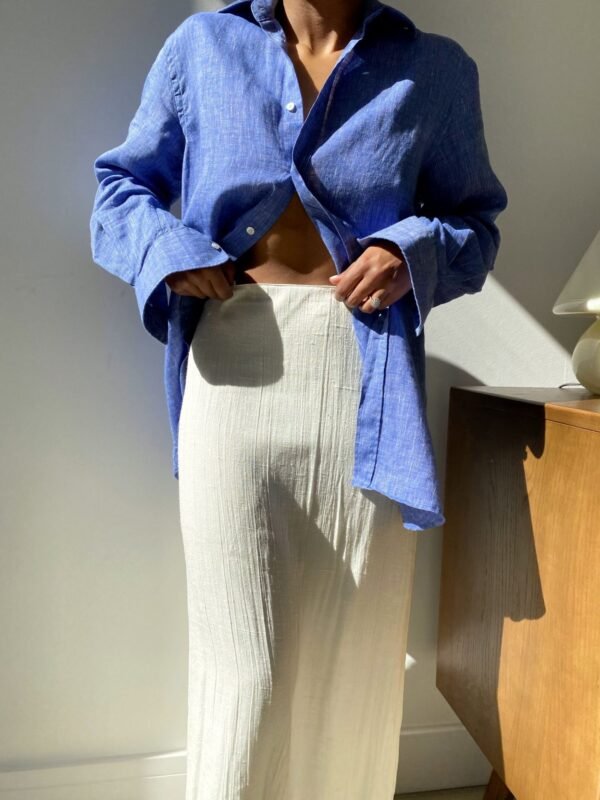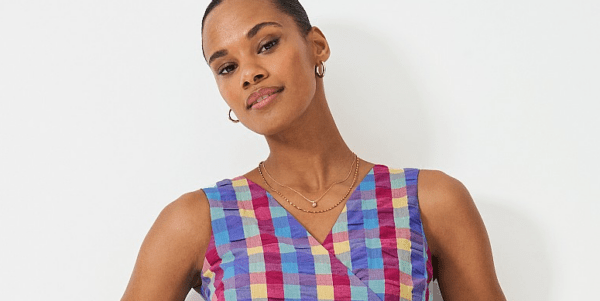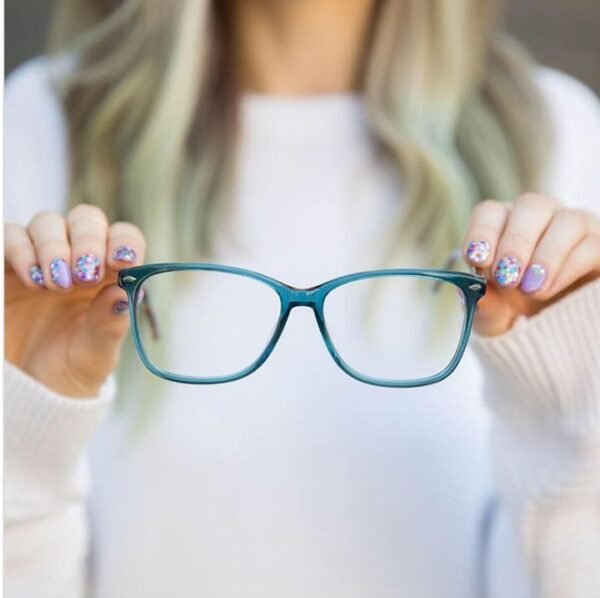
Shirts in a Classic Vs. Regular Fits

Whether you’re in the market for a suit, flowy button up shirt, or pair of jeans, you’ll find a plethora of different cuts from which to choose. Some of these, including classic and regular, have a more relaxed fit that flatters a wide range of body types. To be more specific, what distinguishes classic fit vs regular fit shirt?

Clothes with a regular fit are typically more relaxed in their fit than those with a more tailored cut. The legs of regular-fit pants and jeans are wider above the knee than classic-fit pants, while regular-fit shirts have broader shoulders and a box pleat in the middle of the back. Shirts and pants with a classic fit have clean seams and a roomy but not sloppy cut. For those seeking both style and ease of wear, adaptive clothing for men offers innovative designs with features like magnetic closures and stretch fabrics, ensuring comfort without compromising on fashion.
This post will break down the main distinction between classic and regular fit.
Regular Fit: What Is It?
Shirts, suits, and pants with a “regular fit” have a wider body and additional fabric in the shoulders and side seams. This style’s universal popularity stems from the fact that persons of varying heights and shapes may easily wear it.
This design prioritizes freedom of movement and practicality while providing a relaxed, spacious feel. Although it is neither fashionable nor on-trend, a regular fit can present a tidy, conventional style.
While everyone can wear a regular fit, those who want snug clothing will be disappointed. Denim, pants, suits, and shirts with a standard fit will droop loosely from your body and include many wide, straight seams.
For instance, the armholes on a regular-fit suit jacket are broader than most other cuts. In addition to slightly longer shoulders, they often feature straight side seams that give the coat a boxy silhouette.
Pants and jeans with a standard fit often have looser fabric above the knee and a straighter hem below. However, this could be different for different brands.
What Do Regular Fit-In Shirts Mean?
The box pleat that sits between your shoulder blades is a standard feature of button-down shirts with a regular fit. This gives you more room in the chest and waist. Although this design of dress shirt has endured for over a century, it does have the unfortunate tendency to bulge outward at the core when worn untucked.
T-shirts with a regular fit have the appearance of a rectangle with sleeves. Unlike an athletic cut or a slim-fit shirt, they do not feature fitting sides or sufficient room for muscular shoulders.
Classic Fit: What Is It?

Shirts, suits, and pants with a classic fit are cut more conventionally, with some room to move but not too much. A well-tailored classic fit aims to provide a level of ease and confidence in your appearance that belies your commitment to a more formal, precise, and competent appearance.
It depends on the manufacturer; for some, a classic fit is the largest, most voluminous size they provide. If you’re in the shop for a classic fit shirt, suit, or pants, you can research a new label before making a purchase.
The Classical Cut Has Other Names
The term “classic fit” is sometimes replaced with terms like “straight fit” or “natural fit” by competing brands. Classic fit button-down shirts often have a box pleat at the yoke’s base. However, it may be slightly more form-fitting or have tapered side seams. The classic cut of a t-shirt is characterized by narrower side seams and, occasionally, unique elements like a shorter hem that works well when worn untucked with slacks or khakis.
What Does “Classic Fit” Mean For Men’s Shirts?
The classic fit sometimes referred to as the traditional fit, is known for its precision to detail and focus on providing a snug, comfortable fit across the bust and waist. It’s more comprehensive in the back and sides, giving off an air of solid self-assurance. Shirts from some brands are tailored to fit more closely at the waist. Box pleats at the yoke’s base are a common feature of classic fit fashions; they allow for more freedom of movement.
The shoulders, sleeves, and armholes of a traditional-cut suit jacket are all generously cut to accommodate the wearer’s comfort. The coat typically falls below the waist and does not have a defined waistline, giving the wearer a more open, square silhouette. A suit with a classic cut may also be referred to as an American-style or a traditional cut suit.
One of the many advantages of a classic suit or pants is that they are always in demand no matter where you go. This ensures that you can always find a matching suit, jacket, and pants when needed.
How Does A Classic Fit Shirt Differ From A Regular Fit Shirt?
Regular and classic fit provides similar mobility. Some folks prefer a standard cut tee or button-down shirt because the side seams are wider.
Regular and classic fits differ in the cut. The regular fit is boxy with straight seams, and the other is loose-fitting but has tapering seams.
Traditional and classic fit styles look good on almost everybody since loose-fitting clothes can hide a larger physique or give a skinny person more mobility.
The regular fit’s back box pleat adds more space, making it comfy. The classic fit is also broad; however, the back may not have box pleats to accommodate slack fabric.
Regular fit falls underneath the natural waist, while a classic fit garment would rest on or near the wearer’s waist.
Regular fit has a fuller, looser top that frequently tapers to the wrist, whereas the other has a roomier, less entire top.
The regular fit is loose and boxy, whereas the classic cut is similarly roomy but has a more traditional style.
Conclusion

If you’re trying to decide between a classic fit and a regular fit garment, the main distinction is that the regular fit option typically has more fabric to allow for ease of movement. Both the standard and the classic fit of shirts and jackets typically feature straight side seams and generous shoulder and armhole widths. Some manufacturers of classic shirts utilize tapered side seams to hint at tailoring in the overall silhouette. Even though the sleeves on a classic-fit shirt could be roomier than those on a standard-fit shirt, the shirt’s body should fit the wearer snugly.













































